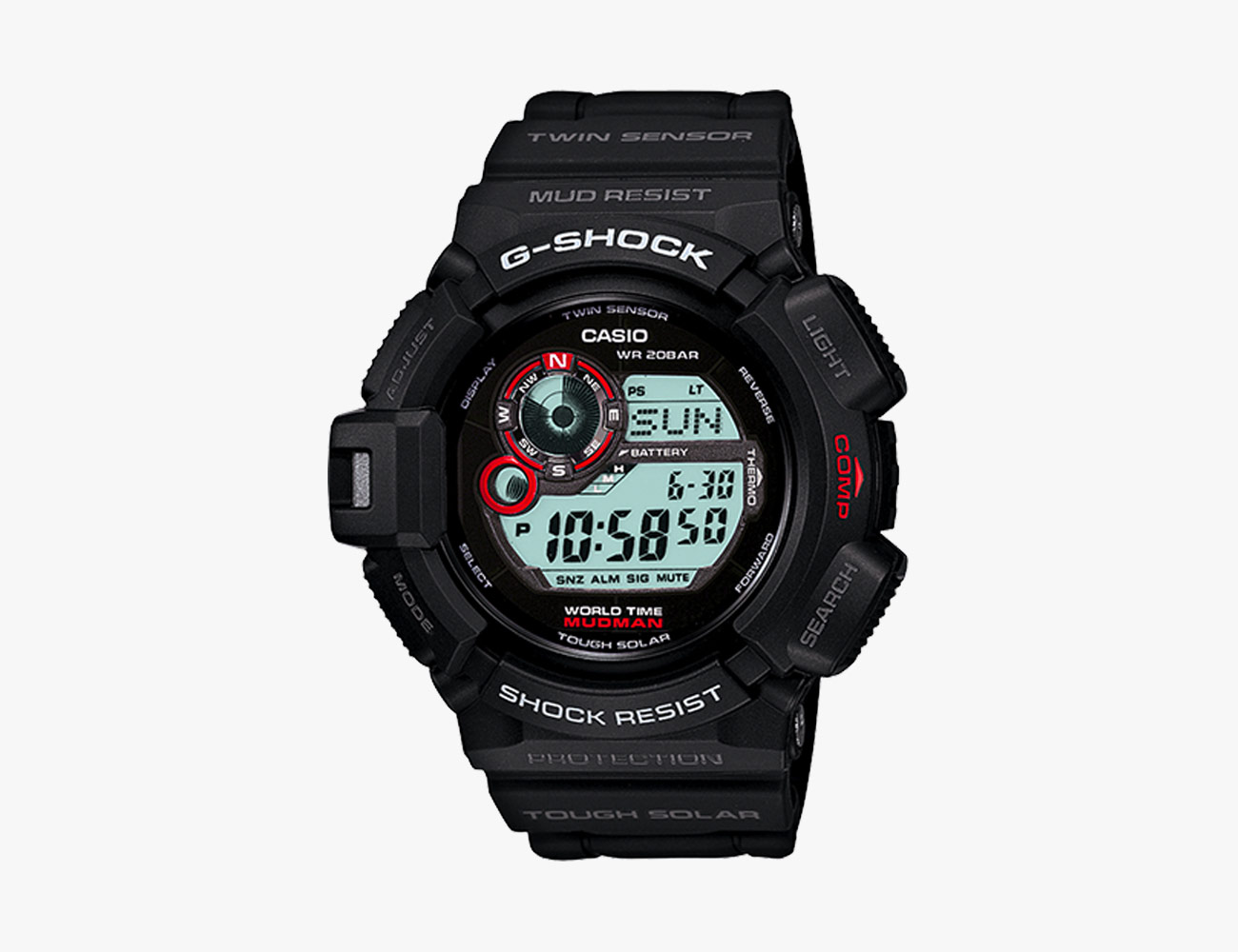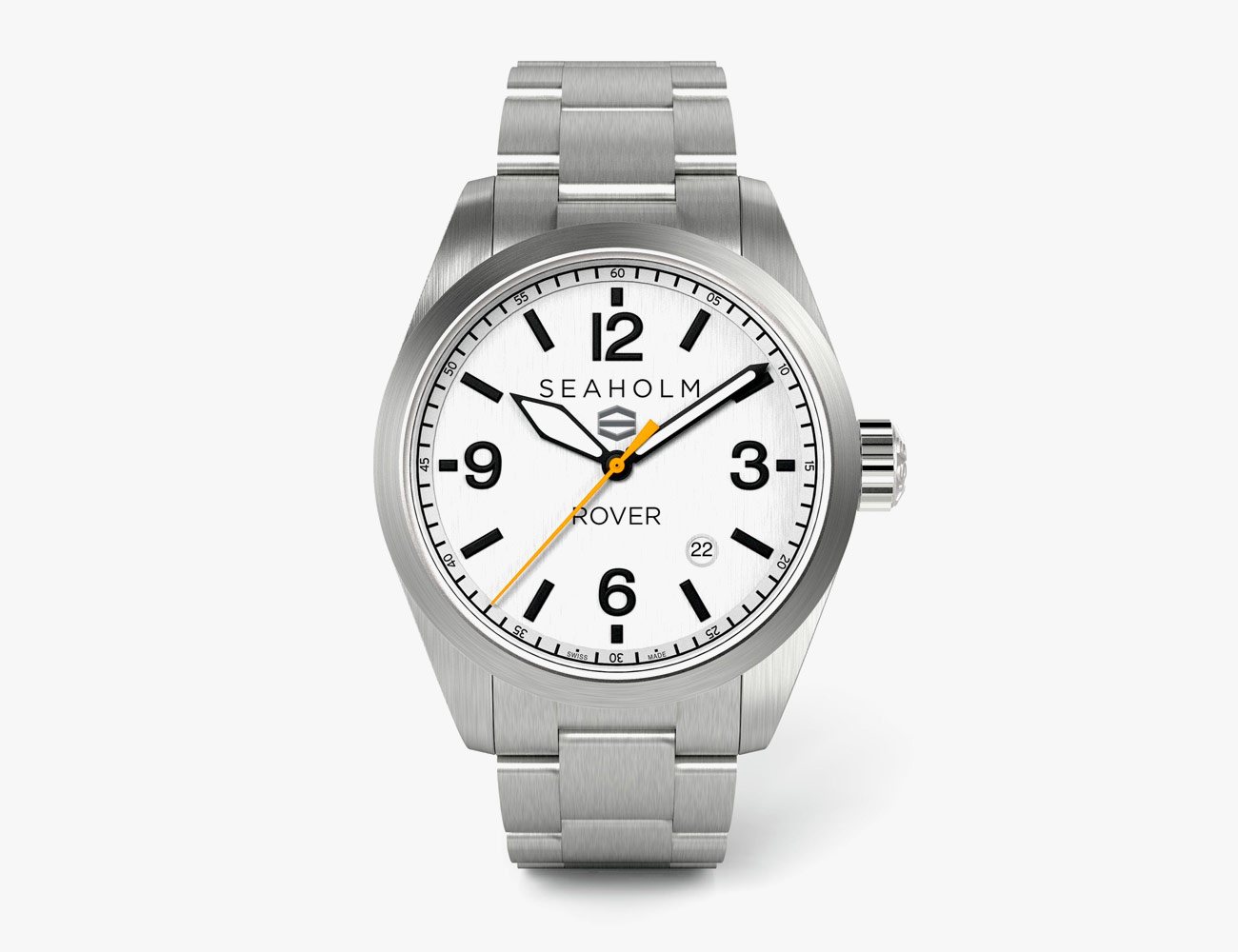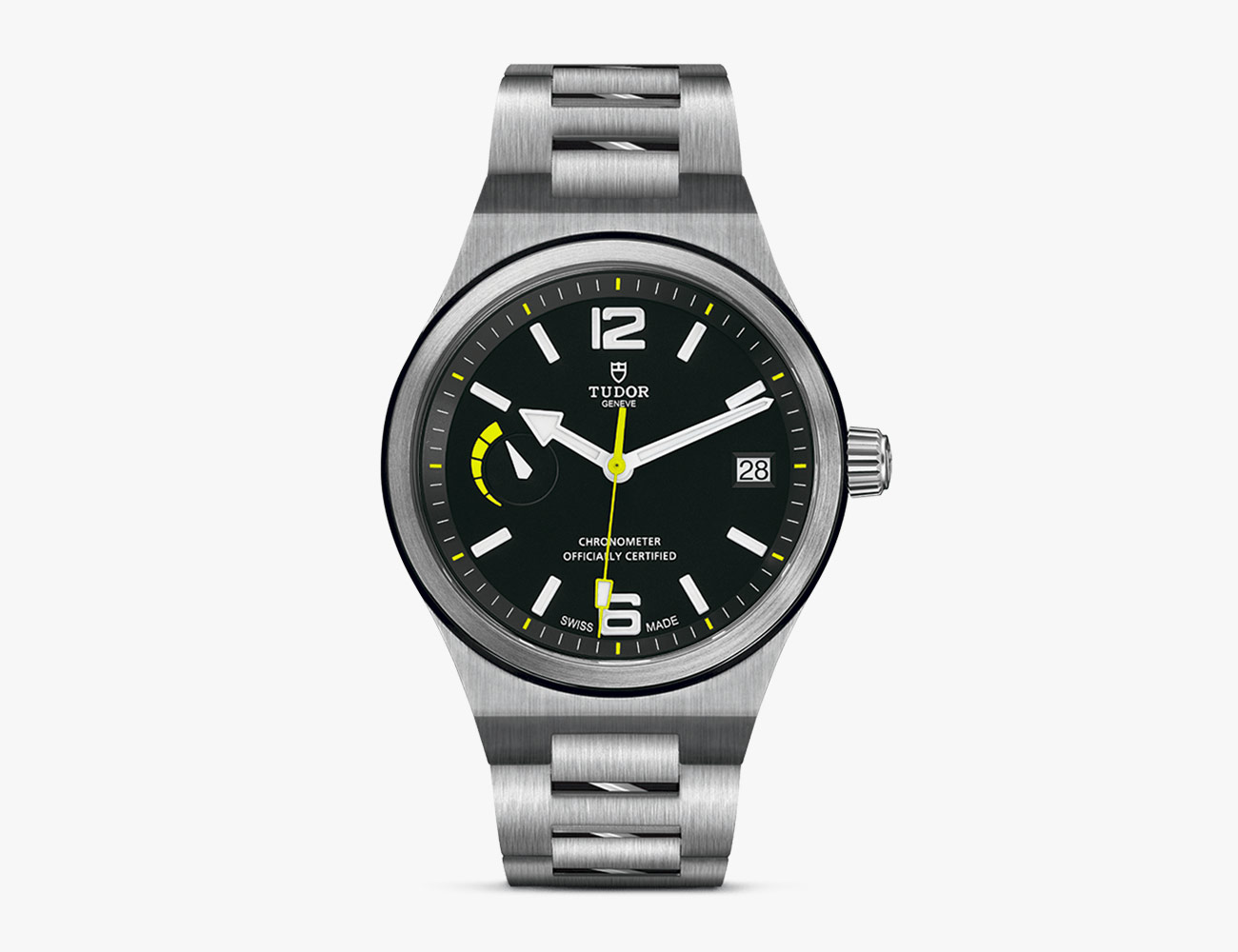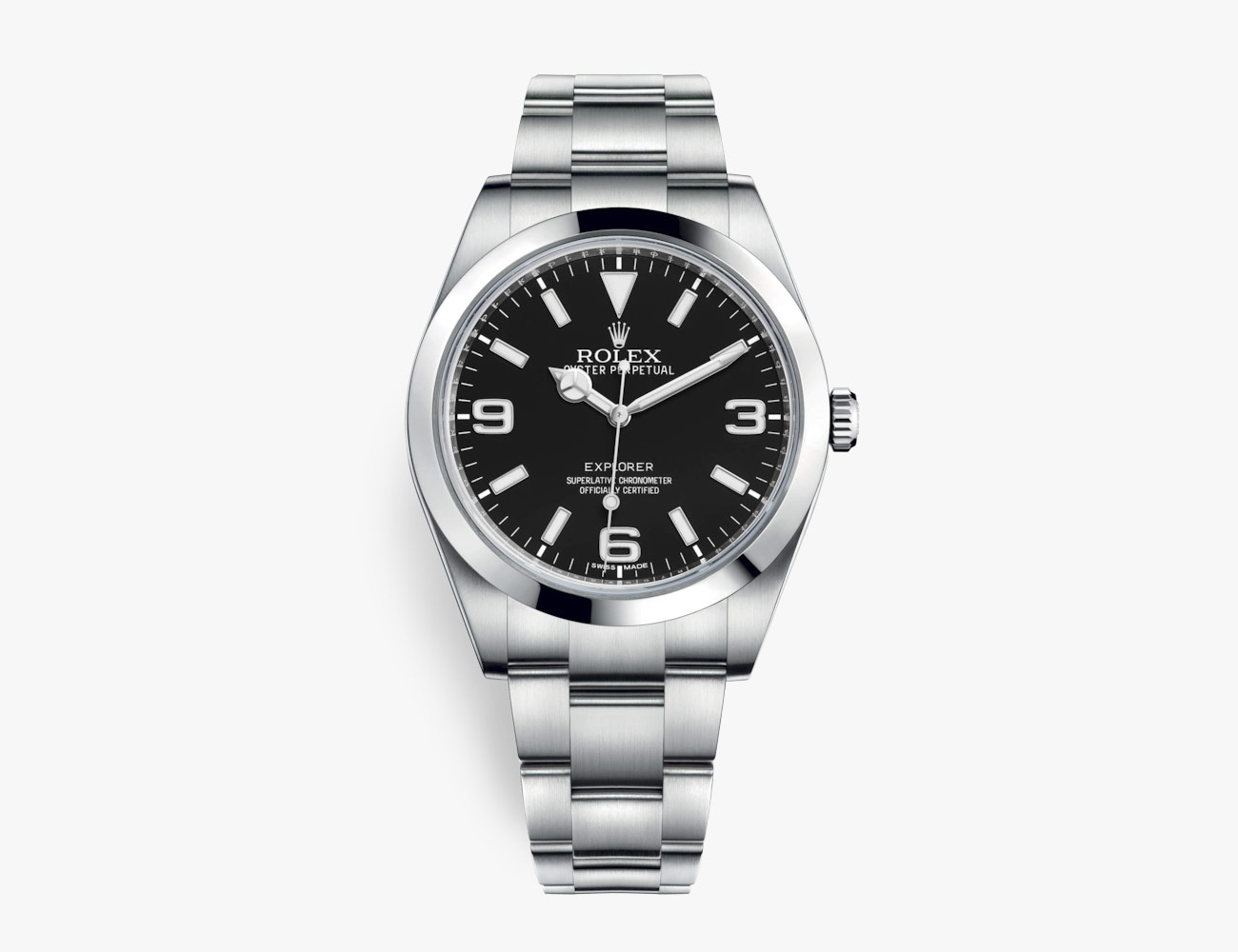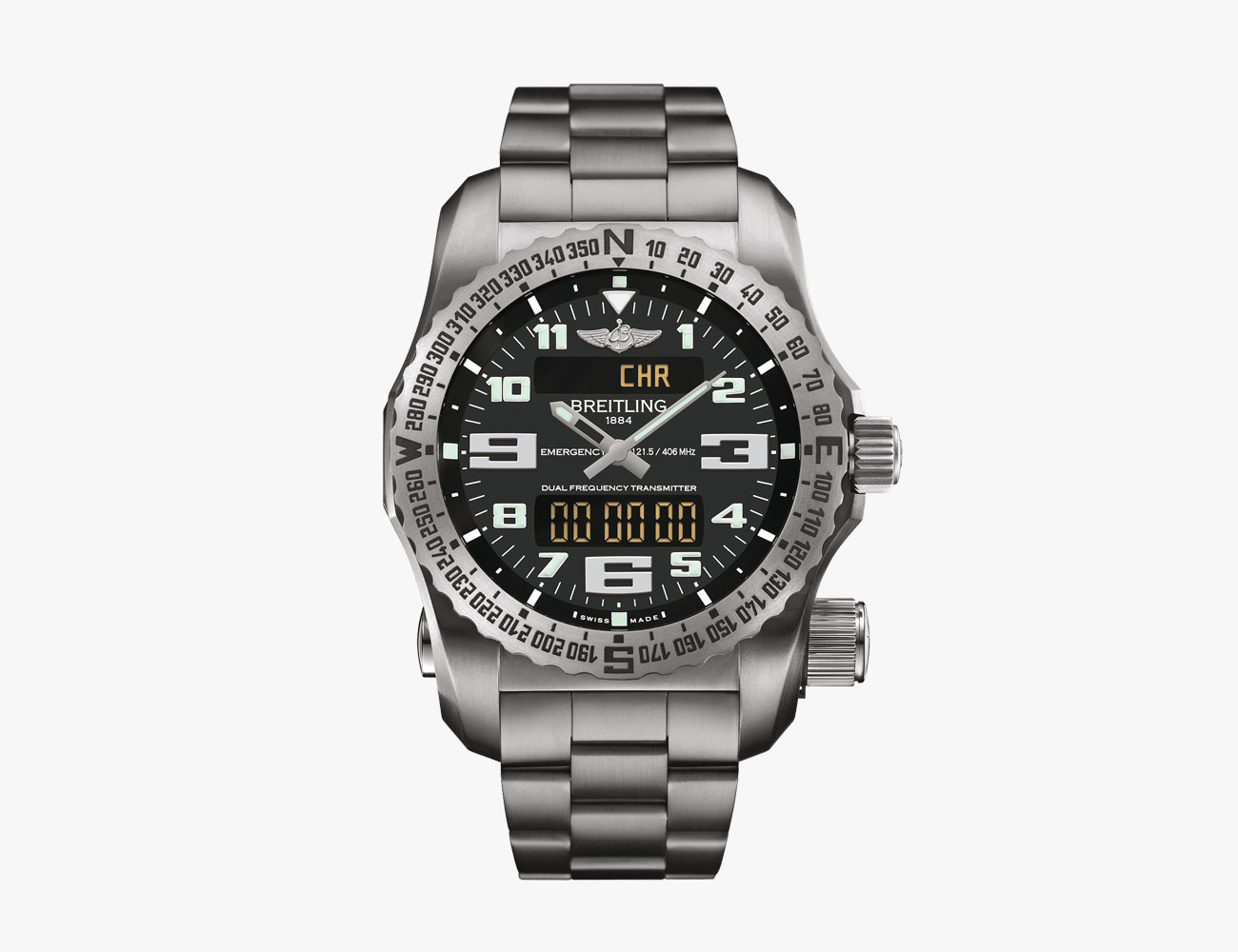These days, we tend to take shock protection in our watches for granted, being something we rarely think about. Shocks, however, have long been the enemy of the mechanical timekeeper, as even a simple blow to a timepiece from smacking one’s arm against a table can be enough to cause damage to the movement.
Watchmakers have been battling the problem for centuries, with solutions dating as far back as the 1700s when Louis Abraham Breguet invented the ‘Para-chute’ shock protection system and installed it in some of his more exclusive models. By and large, watch manufacturers would continue the search for an ideal shock protection system until the year 1932, which saw the introduction of the Incabloc system that could be adapted to fit in any watch. After the introduction of Incabloc, however, it took some time for manufacturers to equip their watches with the technology, which is why we see watches made as late as the 1950s that didn’t utilize any form of shock protection.
Why Shock Protection Is Essential
In a mechanical watch movement, every gear has an axle, or arbor, running through the middle of it and a pivot on the end of that axle. These pivots get progressively smaller from the mainspring barrel — the source of energy — down to the balance, which is responsible for timekeeping regulation. The balance has particularly fine pivots that are extremely breakable, and watches that lack shock protection would only need a small blow to shear them off.
The Mechanics
Most watch brands are not equipped to make their own shock protection systems, and so they purchase them from specialist suppliers. Today, Incabloc is the main supplier of shock protection systems for mechanical watches, but there are many others on the market, such as ETA’s Etachoc, Seiko’s Diashock and Citizen’s Parashock. Whichever system is used, they all work in a similar manner: when the watch receives a shock, a spring-loaded system absorbs it and allows the balance to swing freely. The Incabloc system in particular has three main parts: a jeweled bearing, a cap jewel that sits over top of this bearing, and a spring. When the watch receives the shock, the whole unit is able to move, which absorbs the energy and stops the balance pivots from breaking. Some high-quality watches, such as those built by Rolex, will use similar technology on other wheels in the gear train.
Watches Built For Adventure
Quartz watches by nature are much more shock resistant then their mechanical counterparts, as they have fewer moving parts than mechanical watches and timekeeping is regulated by quartz crystals, which are very hard wearing. While some adventurers prefer quartz watches for this reason, others still prefer the allure of a mechanical watch, and some brands are producing mechanical field watches built specifically for adventure that are able to withstand the harshest conditions.
Here are some pics for watches with particularly good shock protection systems:
Buying Guide
Casio Tough Solar Mudman, G9300
Photo: Casio
The best adventure watch on the list also happens to be the cheapest ($200). The Casio G-Shock range of watches was built to be abused, and the Mudman is no exception. I personally own a Mudman and it’s my go-to watch for a day of mountain biking, hiking or kayaking. I have regularly demonstrated to friends the toughness of this watch by throwing it at a concrete wall, from which it consistently comes out unscathed. With 200m of water resistance, it’s mudproof and utterly shockproof.
Seaholm Rover
Photo: Seaholm
ISO 1413 is theindustry standard for shock resistance. This test simulates a drop of just over 3 feet (1m) after which the watch must be accurate to +/- 60 seconds per day. The folks over at Seaholm decided this wasn’t good enough and they real-world tested their watches by dropping them onto a piece of timber from a height of 10 feet, after which the watches still complied to the ISO standards. Being 200m water resistant, anti-magnetic and three times as shock resistant as the ISO standard, the Rover ($1,895) is built for adventure.
Tudor North Flag
Photo: Tudor
The North Flag ($3,675) has adventure coursing through its veins, as its predecessor accompanied the British North Greenland Expedition in 1954. The North flag is equipped with a tough stainless steel and ceramic case, is water-resistant to 100m and features Tudor’s in-house movement with a silicon balance spring. The silicon spring is particularly helpful in adding to the robustness of this adventure watch, as it’s more stable than a traditional spring, being able to maintain increased accuracy after a blow.
Rolex Explorer
Photo: Rolex
The Rolex Explorer ($6,550), launched in 1953 after the first successful ascent of Mt. Everest, has become a legend in the watch community and an icon of exploration. The current iteration features a dependable, in-house Rolex movement, is water resistant to 100m and goes through the rigorous Rolex testing process. No list of adventure watches would be complete without one.
Breitling Emergency
Photo: Breitling
The G-Shock takes the crown as the ultimate watch for the weekend warrior, but for those truly wanting to explore the unexplorable, the Breitling Emergency ($16,475) is indispensable. It utilizes a Superquartz movement, which is 10 times more accurate than a standard quartz movement and is less affected by temperature. It’s also water-resistant to 50m and is fitted with a dual-frequency transmitter that can alert authorities in case of distress and aide in location during rescue operations. All this is housed in a tough, lightweight titanium case that can stand up to constant abuse.

